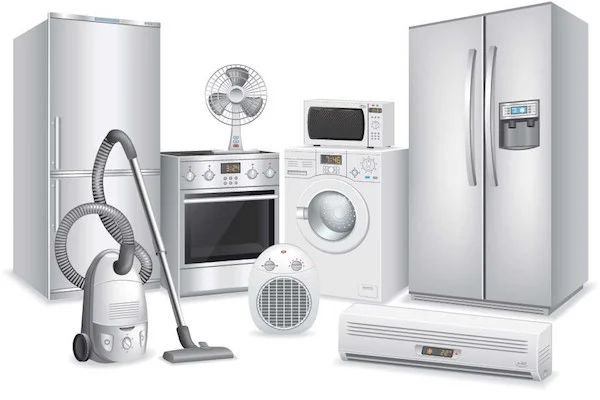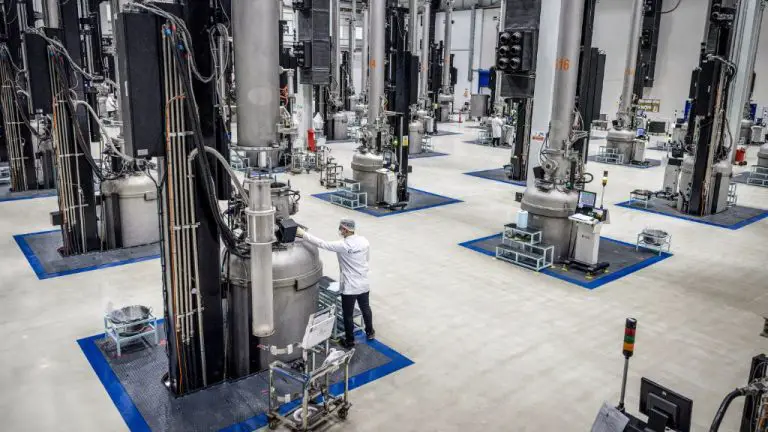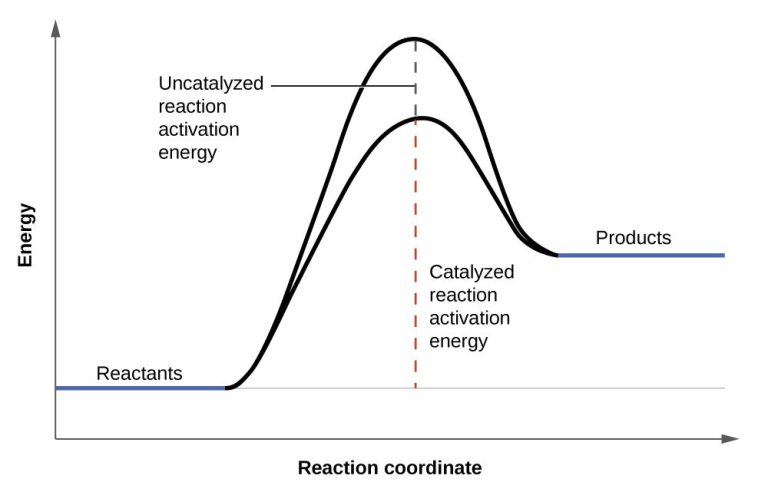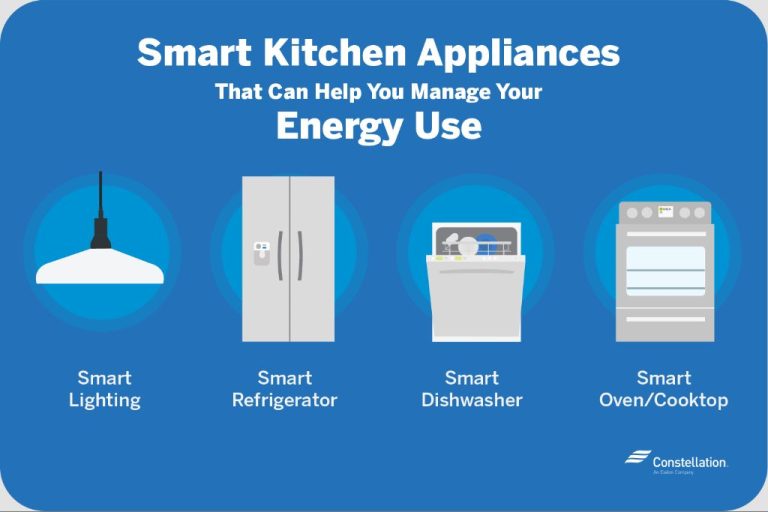Why Renewable Energy Cannot Be Stored?

Renewable energy sources like solar and wind are gaining popularity as clean alternatives to fossil fuels. However, a major challenge with renewable energy is that it cannot be easily stored at scale. Renewable energy generation depends on environmental conditions like sunlight and wind, which causes intermittent power production. This intermittency means energy supply does not always match demand. Effective storage is needed to capture excess renewable energy when supply exceeds demand and discharge it when demand is high. Without storage, renewable energy cannot fully replace conventional power plants. Unfortunately, storing renewable energy has proven difficult and expensive due to factors like geographic constraints, lack of infrastructure, and losses during storage and transmission. In this article, we will explore the key reasons why renewable energy storage remains a persistent challenge.
Intermittency of Renewables
Renewable energy sources like solar and wind are intermittent, meaning their power generation fluctuates based on weather conditions and time of day. The sun is only available during daylight hours, and its intensity depends on cloud cover. Solar power can plummet during storms or at night. Similarly, wind patterns fluctuate daily and seasonally, with output determined by wind speed. Days with low wind yield less generation (What is “Intermittency” in Renewable Energy?).
The intermittency of solar and wind makes supply variable and unpredictable. Output may not match demand, as peaks do not always coincide with usage needs. This intermittency can destabilize the grid and make integrating high levels of renewables challenging without large-scale storage (Intermittent Renewable Energy).
Lack of Storage Capacity
Current battery and storage technologies have limitations that constrain the development of renewable energy. Lithium-ion batteries have emerged as the dominant battery technology for renewable energy storage. However, they degrade over repeated charge/discharge cycles and have limited energy density, which restricts the amount of energy that can be stored (Qmerit, 2022). Lead-acid batteries are cheaper but suffer from even shorter lifespans. New battery chemistries like vanadium flow batteries offer longer lifespans but are prohibitively expensive at large scales.
Pumped hydroelectric provides over 90% of global energy storage capacity but requires specific geographic features like reservoirs at different elevations (Cato Institute, 2022). Other storage methods like compressed air energy storage and flywheel energy storage offer niche solutions but lack the scalability needed for widespread renewable deployment.
In summary, no silver bullet energy storage technology currently exists that can enable renewables to displace fossil fuels. Substantial innovation and cost reductions are still required to overcome the storage bottleneck for renewable energy.
Geographic Constraints
One major challenge with renewable energy is that the best renewable resources are often located far from major demand centers where the electricity is needed. For example, the Midwest and Great Plains regions have tremendous wind and solar resources, but lower population density compared to coastal regions (Constraints with Renewable Power). Transporting the electricity from areas of generation to areas of demand requires massive investments in transmission infrastructure across long distances. According to a Brookings Institute study, these transmission needs lead to “local opposition in the communities that lie along the transmission corridor” (Renewables, land use, and local opposition in the United …). This geographic mismatch between renewable supply and electricity demand creates a major barrier to scaling up renewables.
High Costs
One of the biggest challenges with renewable energy storage is the high cost compared to fossil fuels. According to the Energy Information Administration, the levelized costs per megawatt hour for conventional coal in 2020 was $65.99, compared to $144.50 for battery storage (Source). While costs for renewables and storage are declining over time, they have not yet reached cost parity with fossil fuels on a large scale. The high upfront capital costs for building storage infrastructure can be prohibitive, especially when factoring in additional costs for land, transmission connections, and lifetime maintenance. Until storage technologies become more cost competitive through further innovation and economies of scale, the expense remains a barrier for widespread renewable energy storage.
Difficulty Storing at Scale
One of the biggest challenges with grid-scale energy storage is the sheer quantity of energy that must be stored. The electrical grid handles gigawatts of power. For reference, 1 gigawatt is equal to 1 billion watts. To support renewable energy at scale, storage technologies would need to be capable of storing gigawatt-hours of energy. According to the International Energy Agency, this remains a significant technological challenge currently.
The quantities of energy involved make grid-scale storage fundamentally different than small scale storage like in electric vehicles or home batteries. Storing at the scale required for the grid often involves chemical, mechanical or thermal processes with inherent inefficiencies and energy losses. Significant improvements in storage capacity and efficiency will be required before renewable energy can truly be stored at grid-scale.
Transmission Losses
A significant challenge of renewable energy storage is the amount of energy lost during transmission from the energy source to storage sites. The U.S. Energy Information Administration estimates that annual electricity transmission and distribution losses average about 5% in the United States (EIA). Other estimates indicate transmission losses can be even higher. One report found that the U.S. grid loses about 5 percent of all the electricity generated through transmission and distribution, enough to power all Central American countries (NRDC).
These transmission losses apply to all forms of electrical energy, including renewable sources. For example, one study found that 5 to 6 percent of renewable electricity is lost during transmission and distribution in the U.S. (Inside Energy). This represents a significant efficiency challenge when attempting to store intermittent renewable energy.
Alternatives to Storage
While energy storage technologies are critical for increasing renewable energy usage, there are alternatives that can help address the intermittency challenges of renewables without large-scale storage. One such alternative is demand response which aims to adapt energy demand to meet supply, rather than adjusting supply to meet demand. Through dynamic pricing, incentives, and automation, demand response encourages consumers to shift their electricity usage to times when renewables are generating electricity.
Smart grids can also help by using advanced sensors, communications, analytics, and controls to optimize electricity supply and demand. Smart grids allow greater integration of renewables by balancing fluctuations in renewable generation and managing two-way flows of electricity. Interconnections between regional grids can further help smooth out supply and demand imbalances by sharing generation capacity over larger geographical areas.
According to analysis from the World Economic Forum, “maximizing interconnections could reduce storage needs by as much as 3.4 terawatt hours in the US and 6.3 terawatt hours in Europe in 2030.” While energy storage is important, alternatives like demand response, smart grids, and interconnections can also play a significant role in enabling higher renewable energy usage without relying solely on large-scale storage.
Promising Storage Technologies
While renewable energy storage currently faces challenges, researchers and innovators are actively developing new technologies and improvements that show promise for enabling widespread renewable energy storage in the future. Some of the most exciting emerging storage technologies include:
New battery technologies like zinc-based batteries, iron-air batteries, and flow batteries offer improved capacity, discharge times, sustainability, safety, and cost compared to conventional lithium-ion batteries. Flow batteries in particular can decouple power from energy storage capacity.
Pumped hydro storage, which involves pumping water uphill into reservoirs when electricity supply exceeds demand and then releasing it downhill through turbines when demand exceeds supply, already accounts for 95% of utility-scale energy storage. New closed-loop pumped hydro systems that use man-made reservoirs instead of natural ones open up many more viable locations.
Hydrogen produced via electrolysis during times of excess renewable generation shows promise for long-duration energy storage. The hydrogen can then be converted back into electricity in fuel cells when needed.
Other solutions like compressed air energy storage, flywheel energy storage, and thermal energy storage are also evolving to meet grid-scale storage needs.
Conclusion
Renewable energy sources like solar and wind face significant challenges for large-scale storage due to their intermittent and variable output. Key problems include lack of storage capacity, geographic constraints, high costs, difficulty storing at scale, and transmission losses. While alternatives like demand response and overproduction show promise, they cannot entirely replace the need for storage. Battery technology continues to improve but still has limitations. Pumped hydro provides adequate capacity but depends on geography and impacts the environment. No perfect storage solution exists yet, but ongoing research into batteries, molten salt, hydrogen, and compressed air offers hope for the future. With sufficient innovation and investment, storage issues may one day be resolved to allow 100% reliance on renewable energy.







